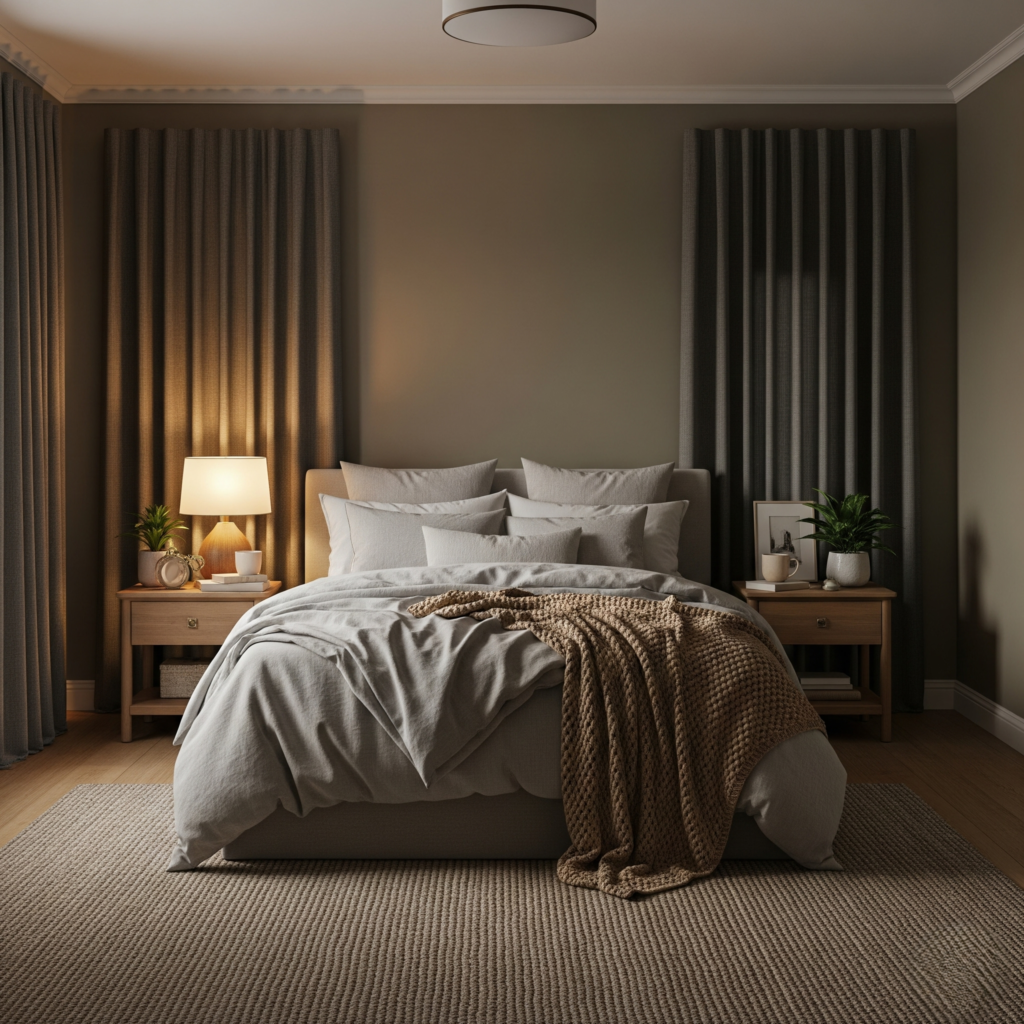Introduction
Noise pollution can easily disrupt your sleep and peace of mind, especially if your bedroom walls allow sound to pass through. Whether it’s traffic, noisy neighbors, or household activity, finding a solution is essential for a restful environment. One of the most effective methods to reduce noise is drywall installation. This practical approach not only enhances soundproofing but also improves your bedroom’s overall comfort.
Why Soundproofing Matters for Bedrooms
Bedrooms are meant to be your sanctuary, a place to relax, unwind, and recharge. Without proper soundproofing, unwanted noise can cause:
- Sleep disruption
- Increased stress levels
- Reduced productivity during the day
- Negative effects on mental health

How Drywall Helps in Soundproofing
Drywall, also known as plasterboard or Sheetrock, is an excellent material for blocking and absorbing sound. Its layered structure helps reduce the transmission of noise between rooms or from outside sources.
Some key benefits of drywall for soundproofing include:
- Density: Thicker drywall panels block more sound.
- Ease of Installation: Can be applied over existing walls.
- Compatibility: Works well with insulation materials.
Choosing the Right Drywall for Soundproofing
Not all drywall is created equal. For maximum soundproofing, consider the following options:
1. Standard Drywall
- Basic option for minor sound reduction
- Affordable but less effective for high noise levels
2. Soundproof Drywall (Acoustic Drywall)
- Specially designed with a dense gypsum core and damping materials
- Ideal for bedrooms with significant noise issues
3. Double Drywall Layers
- Adding two layers with a sound-dampening compound in between greatly enhances noise reduction
Additional Soundproofing Techniques with Drywall
To maximize noise reduction, drywall installation should be combined with other soundproofing strategies:
1. Add Insulation Behind Drywall
Installing mineral wool or fiberglass insulation inside wall cavities can help absorb sound.
2. Use Resilient Channels
These metal strips create a gap between the drywall and the wall frame, reducing sound vibrations.
3. Apply Acoustic Sealant
Sealing gaps and cracks prevents sound leaks.
4. Combine with Carpet or Curtains
Soft furnishings further reduce sound reflection in the room.
Step-by-Step Guide to Soundproofing a Bedroom with Drywall
Step 1: Plan Your Soundproofing Approach
- Identify the main sources of noise
- Choose the type of drywall and additional soundproofing materials
Step 2: Prepare the Room
- Remove furniture and protect floors
- Check existing walls for damage
Step 3: Install Insulation (Optional)
- Place mineral wool or fiberglass between studs
Step 4: Attach Resilient Channels
- Screw channels horizontally to studs to reduce direct contact
Step 5: Install Drywall Panels
- Secure the panels to the resilient channels using drywall screws
Step 6: Seal Gaps
- Use acoustic sealant around edges and seams
Step 7: Finish and Paint
- Apply joint compound, sand smooth, and paint for a polished look
Cost Considerations for Drywall Soundproofing
The cost depends on factors like room size, drywall type, and whether you hire a professional or do it yourself. On average:
- Standard drywall installation: $1.50 – $3.00 per square foot
- Soundproof drywall installation: $3.00 – $6.00 per square foot
- Additional materials (insulation, sealant, channels): $200 – $500 for an average bedroom
Maintenance Tips for Long-Term Results
- Inspect walls periodically for cracks or damage
- Re-seal any gaps with acoustic sealant
- Keep windows and doors well-sealed to maintain noise reduction
Conclusion
Drywall installation is one of the most practical and effective ways to soundproof a bedroom. Whether you choose standard drywall with insulation or invest in acoustic drywall, the benefits will be clear: better sleep, reduced stress, and a peaceful home environment.




